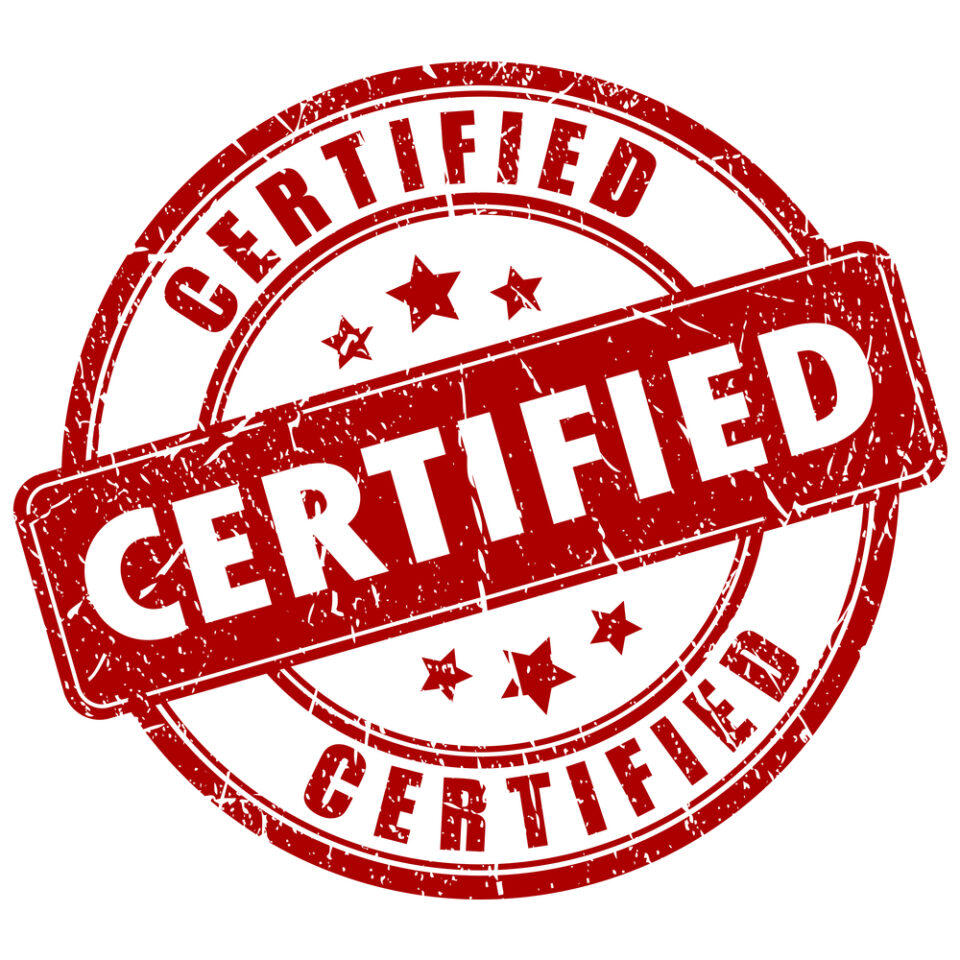Companies looking for textile providers have a lot on their plates. Of course, they want uniform rental services capable of demonstrating they can produce hygienically clean uniforms. But a lot of companies are thinking about the environment too. They always have the option of signing with a textile provider certified as ‘Clean Green’.
Clean Green certification is issued by TRSA, a leading industry trade group responsible for creating most of the standards that govern commercial textiles. Their Clean Green program is designed to assist member companies in their drive to be more environmentally friendly and sustainable.
In order to be certified, textile providers must meet a long list of best management practices. Though the list below is by no means exhaustive, it should give you an idea of what it takes for a linen company to be Clean Green certified.
1. Water Reuse Strategies
One of the biggest areas of waste in commercial laundering is water. Laundry facilities use a tremendous amount of water for washing and rinsing. To be Clean Green certified, a plant must employ state-of-the-art water reuse strategies to reduce total water consumption. By reusing gray water after treating it, plants can significantly reduce the total amount of fresh water they need for daily operations.
2. Pre-Treating Wastewater
Not all water consumed by a commercial laundry can be reused. Wastewater has to be disposed of in ways designed to control pollution. Clean Green certification dictates that wastewater be pretreated before being disposed of. A good pretreatment reduces pollutants before water is discharged. Fewer pollutants reduce the load on municipal water treatment plants and protects the environment
3. Using NPE-Free Detergents
Some types of detergents, especially those containing nonylphenols and nonylphenol ethoxylates (NPEs) can be toxic to aquatic life. As such, the TRSA insists that linen providers wishing to be certified Clean Green use only NPE-free detergents. This is in keeping with the EPA’s ongoing efforts to dispense with NPEs altogether.
4. Deploying Energy-Efficient Lighting
Clean Green certification requires plant operators to cut their energy consumption by deploying energy-efficient lighting. Though this might not seem all that important, plants operating 24/7 consume a tremendous amount of electricity when illuminated by incandescent or fluorescent lighting. Replacing older light fixtures with LED lighting is one way to drastically cut energy consumption at laundry facilities.
5. Alternative Fuels for Delivery Trucks
A Clean Green certified textile provider is expected to explore alternative fuels for their delivery trucks. Alsco, a nationwide linen company based in Salt Lake City, offers a prime example. They recently purchased four electric step vans to service routes in Los Angeles and Sacramento. The company plans to purchase more of the trucks in 2021.
6. Recycling Program Implementation
Next up, providers wishing to be certified must implement a recycling program. Recycling applies to everything from bed and table linens to worn uniforms. Recycling is key to both sustainability and what is known as the circular economy. The more that textile companies recycle, the fewer natural resources will be required to keep the industry going.
7. Regular Energy Audits
Lastly are regular energy audits conducted every three years. The goal of routine audits is to ensure that certified companies are staying abreast with the latest strategies and technologies for conserving energy. Audits demonstrate a commitment to the Clean Green ethos.
If your company is looking for a new textile provider with a demonstrable commitment to sustainability and environmental friendliness, there is now way to verify such a commitment. Look for a provider certified Clean Green by TRSA. It is just that simple.

